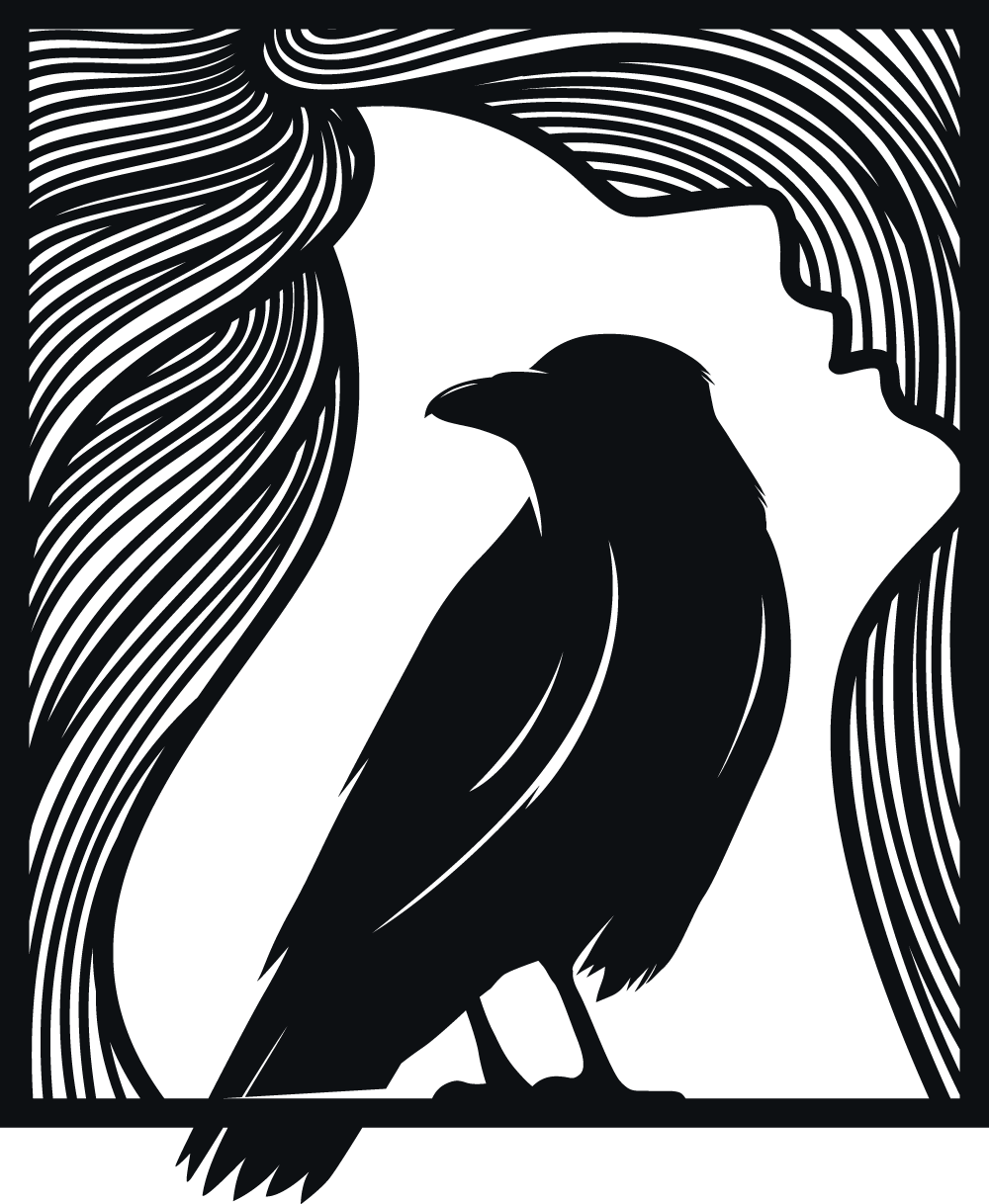
Cailleach
A prominent Figur in the Celtic mythology, even described as the mother of all the gods. She is a godess of winter. She is associated with wisdom and the harsh aspects of nature. She is connected to landscapes and the changing of seasons. She is a protector of animals, can take the shape of a bird. She maintains balance in nature even though she is seen as a goddess of destruction (all most die to be reborn as winter will give way to the spring) She is a guardian of ancient knowledge and the cycles of nature, often guiding kings or leaders and playing a role in their right to rule.
Ruler from Samhain till Beltaine
Cailleach literally means old woman in Gaelic. But is also portrait in the form of a younger woman, witch shows her dual aspect and her connection the the cyclical nature of life. She is a devine hag, ancestor connected with the creation of the landscape and the weather. In Scotland she is known as Beira, Queen of winter. She is linked to Samhain because she symbolizes the transition into the darker half of the year, witch is her domain as the godess of winter.
On the first of February, Imbolc the Cailleach gathers her firewood for the rest of the winter. Legend says that if it is a bright and sunny day, the Cailleach made it so to gather a lot of firewood to keep herself warm in the coming months. So, if it is a day of foul weather, it means the Cailleach is asleep and will soon run out of firewood, indicating that winter is almost over.
If it is a sunny and bright day, you can be sure winter is far from over yet!
This belief is connected to the idea that Cailleach rules from Samhain to Beltaine, while at Beltaine Brigid takes over and rules till Samhain. In some beliefs they are the same goddess with 2 faces, transforming from Cailleach to Brigid at imbolc, symbolizing the return of life and light. in others Caileach freezes on the day of Beltaine.
What make me think of her in combination with Uffington
In Celtic mythology, the Cailleach is often described as a land-shaper who created many hills, valleys, and natural landmarks by dropping rocks from her apron or using her staff to strike the earth. She embodies the creative and destructive forces of nature, responsible for shaping entire regions during the winter season. This characteristic aligns with the legend that the hills of Uffington, including Dragon Hill, were formed by mythical figures.
- Dragon Hill, as a representation of her power over nature, since dragons often symbolize ancient forces of the earth in myth. The dragon and the Cailleach could both be seen as primal forces shaping the land.
- The Ridgeway, an ancient path that runs near the Uffington White Horse, ties into the idea of ancient landscapes formed by mythical beings, and the Cailleach as a "walker of the land," moving through it and shaping it.

